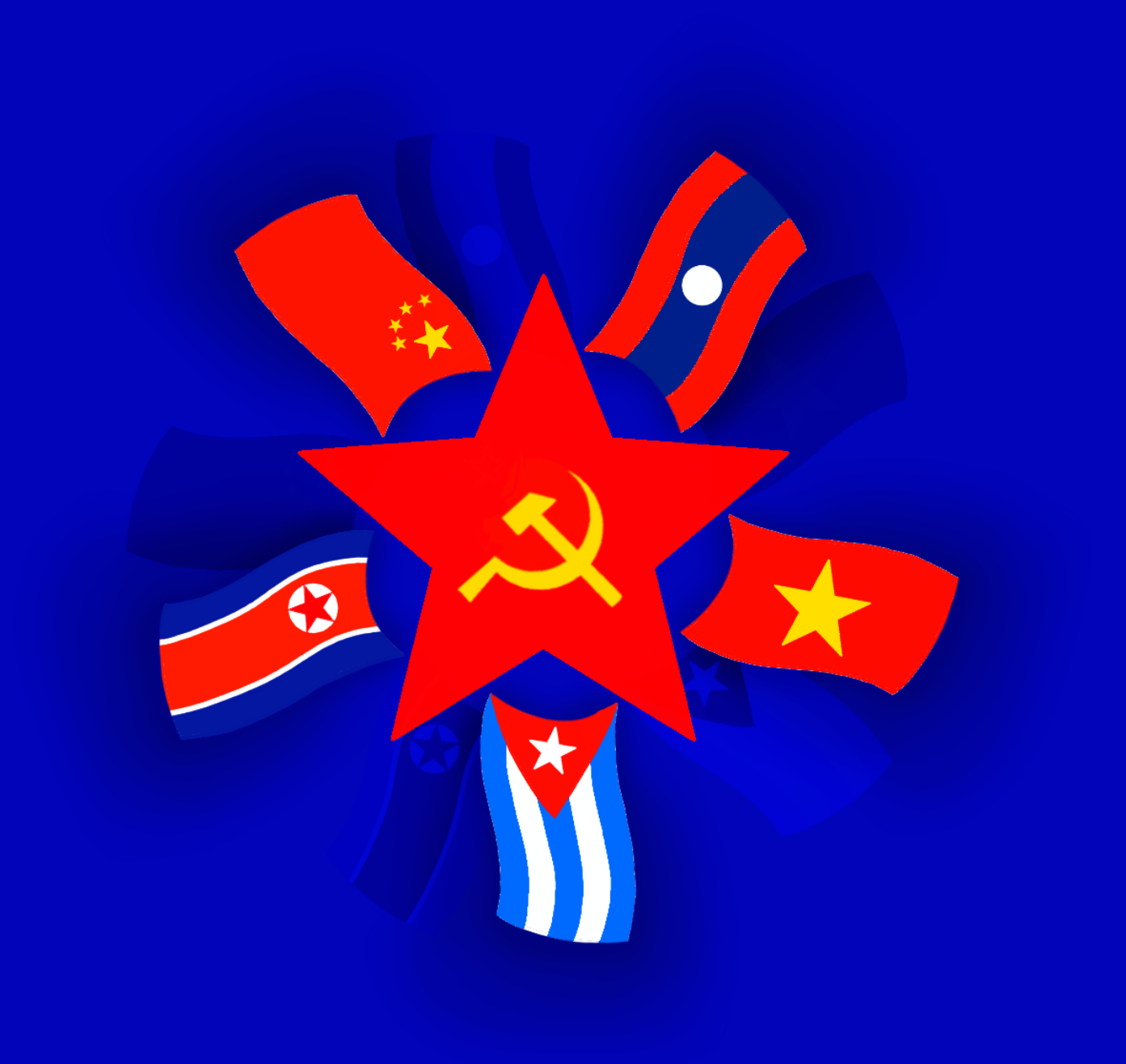Aside from a few unimportant similarities—similar flags, Indo‐European languages, and names that start with I—the countries of India and Ireland at first glance could hardly seem more different: one small North European country and one massive South Asian country separated by thousands of miles of geography, with separate ancient histories and (many) different cultures.
Once you get past the surface, however, you’ll notice some striking similarities, not all of which are coincidental. For example, quoting from Kate O’Malley’s Ireland, India and empire: Indo–Irish radical connections, 1919–64:
Kate O’Malley moves these studies forward in new and exciting directions. The twentieth century, particularly the period after the First World War, has been much less studied. Using the remarkable files of the Indian Political Intelligence (IPI) department (barely noticed in studies of the secret services) she reveals an extraordinary set of connections among the personnel of Irish and Indian nationalism. Many prominent politicians viewed themselves as sharing similarities in historical tribulation and nationalist aspirations.
They not only indulged in the emotional satisfaction of shared experiences, as they saw it, but also proposed the sharing of techniques (boycott for example), methods of agitation, the use of publications and the press, and the encouragement of joint organisations like the League Against Imperialism, the Indian-Irish Independence League, and the Friends of India Society. They also both recognised the significance of calling overseas settlements and ideologies to their aid — American Irish, South African Indians, communism, and the Axis powers.
(Emphasis added.)
Keep in mind that those are only a few examples. Others can be found, such as how many of the provisions of India’s constitution were drawn from their Irish counterpart, the Constitution of Ireland, but I want to keep this post short. If there is one thing that I want you to take away from this, it’s that even people from the most separate of cultures can bond when they share the same goals.
It seems to me that the examples fit for any post-colonial states?
India and Scotland have even closer ties.
Idk if it originates from India, but plenty of French Fries in Ireland have Curry as a side


